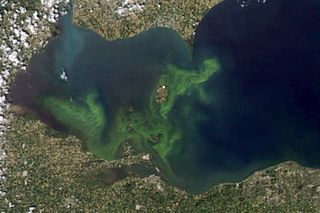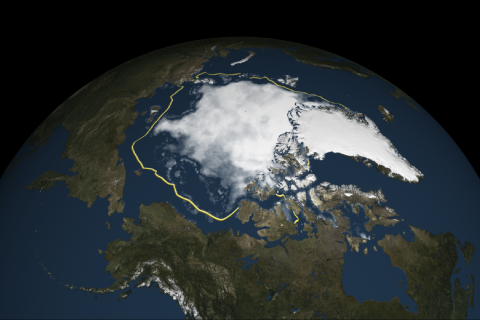
On September 11, 2015, Arctic sea reached its fourth-lowest minimum extent in the satellite record:1.70 million square miles (4.41 million square kilometers).
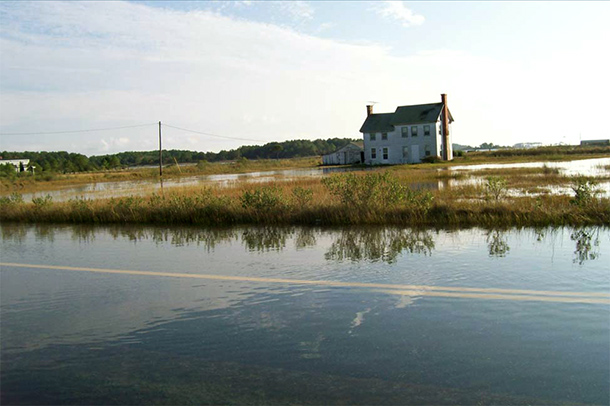
High-tide "nuisance flooding" has increased between 300 and 925 percent since the 1960s as a result of sea level rise. In this Q&A, Billy Sweet and John Marra explain the changes and offer projections for the remainder of the 2015-16 monitoring year.
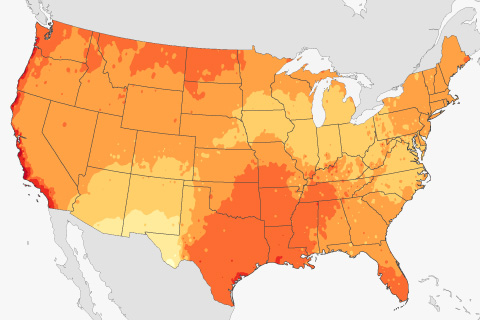
Based on observations from 1991-2020, much of the United States has its hottest day of the year by the end of July. Historically speaking, where is the warmest day likely still to come?

Wait, a hurricane formed where in the Atlantic?
September 3, 2015

Central Pacific hurricane party: three’s company
September 3, 2015
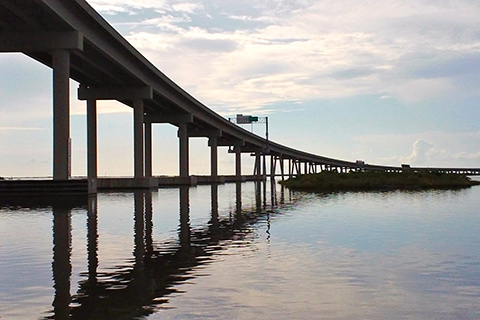
For three days in 2005, flooding from Hurricane Katrina cut off the only road to Port Fourchon. Officials had to decide: did the risk of future flooding justify the cost of raising the roadway out of the Gulf's rising waters?

Climate change is expected to intensify fire-friendly weather conditions across the US and to lengthen the fire season.

Plants on land have helped slow global warming by capturing nearly a quarter of the carbon dioxide that human activities release in an average year. But where is it all going?

Late July’s stupefying heat indexes in southwest Iran
August 14, 2015
